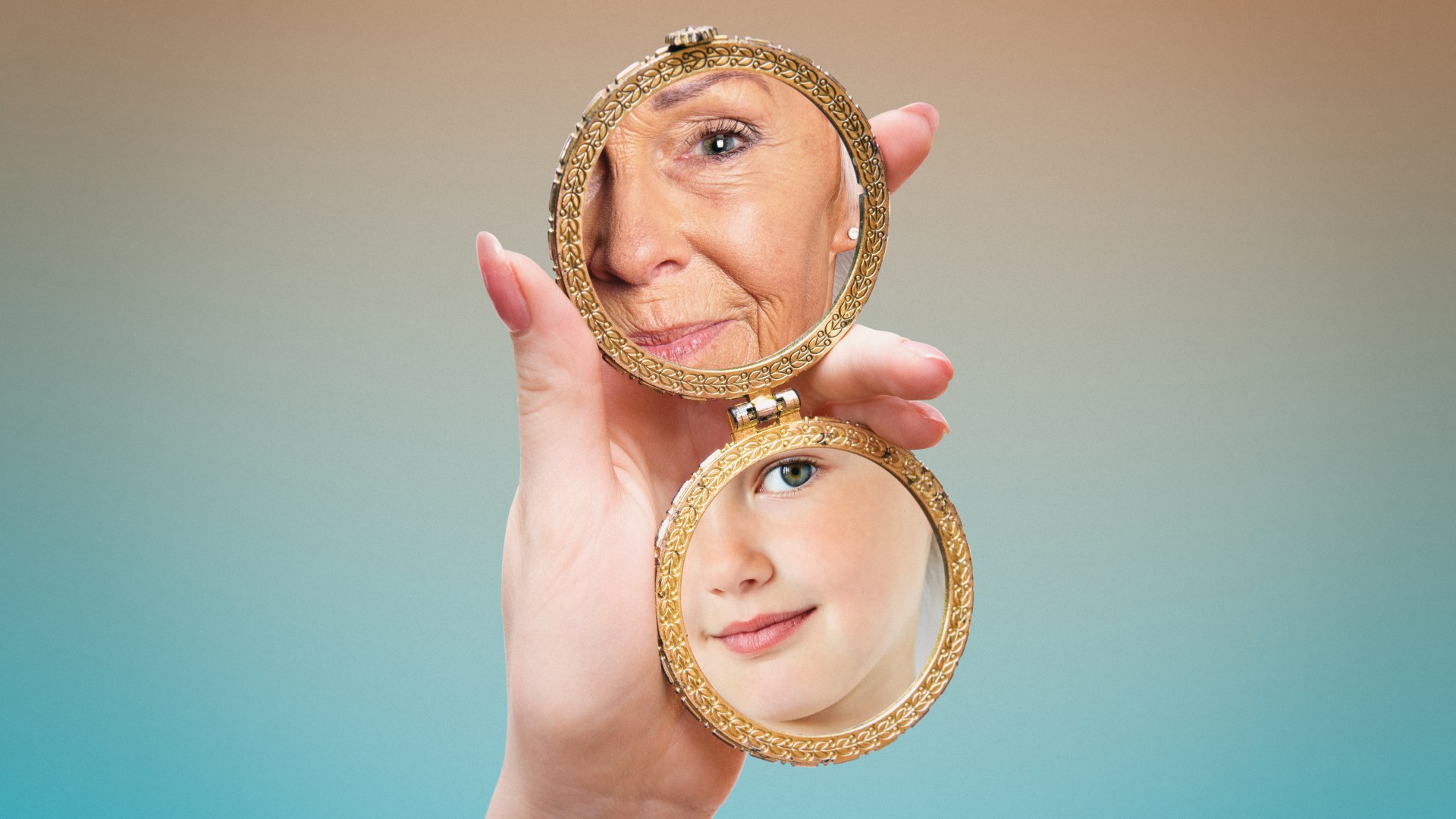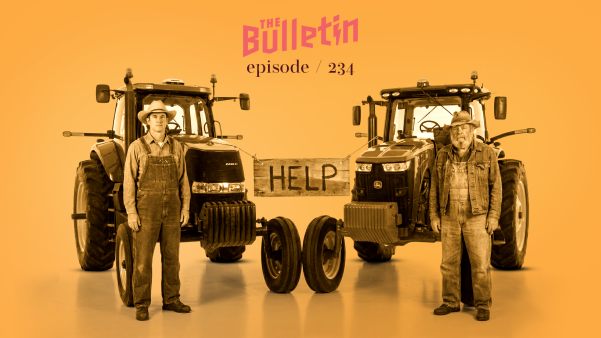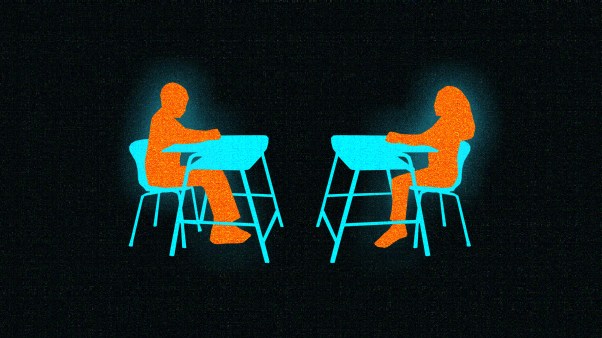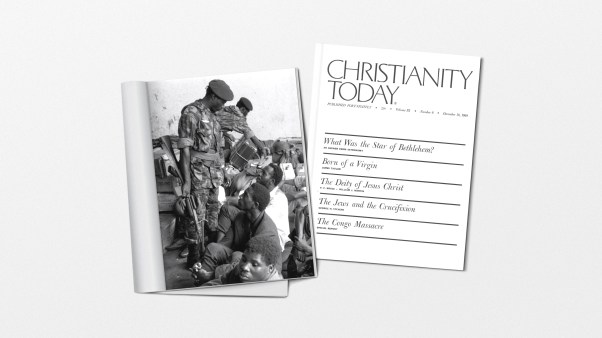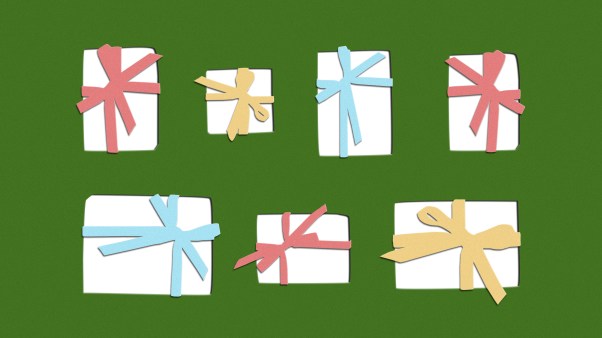As a self-professed Bible nerd and a lover of symmetry, no discovery has made me happier than that of the chiasm, a literary structure beloved by writers in the ancient Near East.
Chiasms are a kind of mirror-image parallelism, using repetition to trace an idea. They litter the Old Testament and the New; once you start seeing them, you can’t stop.
A modern example of a short chiasm would be If you fail to plan, you plan to fail. Jesus makes a pithy chiastic statement in Mark 2:27: “The Sabbath was made for man, not man for the Sabbath.”
But most chiastic structures are longer than one line, sometimes stretching across entire chapters, with a hinge point in the middle. Westerners are accustomed to a conclusion landing at the end, like the moral of the story or the punchline of a joke, but the ancient Near Eastern mind liked to embed the main idea dead center.
If we don’t recognize this structure as we read Scripture, from the Psalms to the words of Jesus, we risk placing the emphasis on the wrong point. As a Bible teacher, I see how chiasms honor the truism that repetition is the mother of learning. Chiasms are memory aids, God’s kindness to past generations of worshipers who likely never held Scripture in their hands as well as to modern Christians in our distracted age. They are meant to help us remember.
Modern readers may wonder why this particular form of parallelism appealed so heavily to the ancient Near Eastern mind. I certainly did—that is, until my mother died.
“I’m so sorry you have to take me to this appointment.” I looked over at my diminutive 79-year-old mother, perched in the passenger seat, eyes apologetic, fretting with her purse.
Like many in her generation, my mom found it difficult to accept even help that was easy to supply. “You are a person to love, not a problem to solve” had become my mantra to her each time she expressed dismay at having interrupted my life in any way.
Before you begin to assume that my mother and I had an enviable relationship, let me say we did not—but through much hard work, we found a real sweetness together in her final years. In December of 2021, her kids and grandkids moved her into an apartment five minutes from my home. We set up her antique furniture, hung her favorite pictures, and put out her favorite vase, the one with wisteria around the rim. I was excited to be able to drop in or run errands for her so easily.
I planned a family dinner for her 80th birthday that January. Three days before it, she texted that she had a stomach bug and wasn’t sure she would make it. She assured me she was fine. Please don’t come over. But she was sicker than she thought.
Her birthday passed in the ICU, and a week later she was placed on palliative care, coming home to my house for hospice. No more beeping monitors and sterile overhead lights. No more masks and visitor restrictions. Instead, a room flooded with sunshine, warm with color, and filled with loved ones.
She was, at this point, no longer communicative. But I knew if she could have spoken, she would have repeated the words she had strained to say again and again during her brief hospital stay: “I’m so sorry to be a burden.”
My brothers and I took our place at her bedside to keep a vigil familiar to many reading this. We listened as her breathing became more and more labored with each passing day. We witnessed the hard work of dying.
On the second day, the hospice nurse told me, “You know, you can coach her. Give her encouragement. Tell her she’s doing well.” I played her favorite hymns. I held her hand. I helped keep her clean and comfortable. I whispered a thousand times, “I’m so glad you’re home. You’re a person to love, not a problem to solve.”
At last, she reached the end of her travail. A final deep exhale, a crashing silence.
And it hit me: the marvelous and terrible symmetry of a long human life.
Eighty years earlier, hadn’t she entered this world in a similar way—through a great labor, with a deep inhale and a piercing wail? Had she not received much the same care in the hours after her birth that we provided in the hours before her death?
I suspect the reason the ancients loved a chiasm was because it is the recognizable shape of the sweep of life. Perhaps God, in his kindness, designed it to be such. Bookends. Repetition. Symmetry.
I reasoned that the other concentric layers of a human life could be mapped as well. Every human life is unique, but what might be the general pattern? I sketched out my thoughts.
The chiasm of a human life. The idea is not unique to me. I recall the saying that we are first children to our parents, then parents to our children, then parents to our parents, and finally children to our children.

If life is a chiasm, and if chiasms teach, what does the chiasm of life seek to teach us? If we become students of it, I believe it can “teach us to number our days, that we may gain a heart of wisdom” (Ps. 90:12).
Remembering that seasons of life follow a patterned order helps us inhabit the season we are in and prioritize how to use the time we are given. Since death announced its presence in Genesis 3, our days have been numbered. Perhaps God, in his infinite kindness, gave us a chiasm, a patterned measuring rod, to number those days rightly.
Knowing that aging means the relinquishing of freedoms and abilities helps us embrace that process rather than hold onto self-reliance. It helps us to anticipate the next season, to savor the one we are in, and to be grateful for the ones we have already left behind.
Recognizing that in some seasons we give care and in some we receive care helps us accept care when it’s our turn to receive. We are not problems to solve in our extreme age any more than we were in our infancy. We are simply people to love, in a stage when others repay a debt of care they themselves received in their time.
The chiastic structure of life explains why we feel such shock when a life is cut short. We expect intuitively that human life should make a full arc. The asymmetry of a young or untimely death creates dissonance. No bookend. No parallel. No full circle. My mother’s death was a good one by many measures, not least because of its blessed symmetry.
But if a chiasm puts the main point at the middle, how are our middle years noteworthy? Midlife offers a unique opportunity, a moment of perspective at the crossroads. If we have paid close attention to how we entered the chiasm, we will be better able to exit it with grace and submission. Looking back over the first half of life can help us anticipate the second half—in both its losses and its gains.
If we focus just on our abilities and responsibilities, we see only gains in the first half of the chiasm of life and only parallel losses in the second. In a culture that values youth and vigor, we risk losing sight of what we learn over the years: wisdom. The wisdom of aging means that even as our bodies increasingly fail us, our internal lives grow richer and steadier. Bodies decline, but people develop.
At 55, I can already track the decline in my physical abilities. I am still in a stage where I am the supplier of help to others, but if the Lord grants me length of years, I will one day be only a recipient—fed and clothed and cared for by someone else’s hands and feet.
The days in which my body can yield help to others are numbered, and I want to number them rightly. My parents have helped me with the math. Watching them pass into old age has brought into focus for me the preciousness of the years I have left. My earliest caregivers have moved to receiving care. Their physical abilities grow more limited, but their insights are deepening.
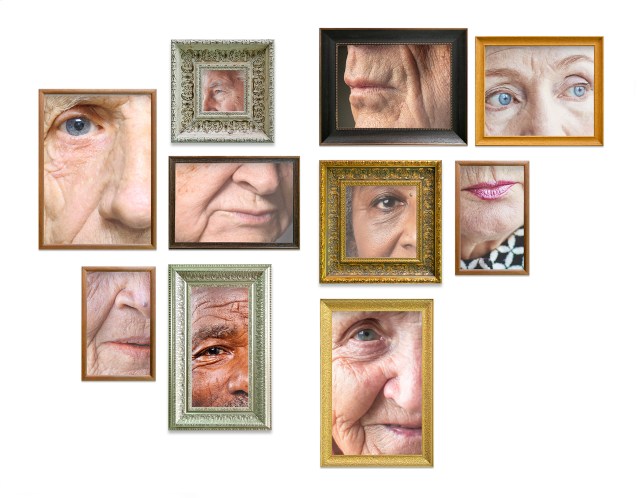 Illustration by Danielle Del Plato
Illustration by Danielle Del PlatoThey are the evidence to me that, while failing joints and heart valves and eyesight and hearing may increasingly unsteady our bodies, wisdom increasingly steadies our souls. Bodies decline, people develop. The lamp of wisdom burns brighter as the oil of life experience grows in supply.
For the believer, old age is an invitation toward burgeoning luminosity.
In my attic is a relic of days gone by: a cassette player my husband owned as a teen. In the living room is another relic—the vase with wisteria trim. My mother’s, passed on to me. It’s not of enormous value, but unlike its electronic upstairs neighbor, its value is steadily growing with age.
Here is where we bump into the problem with the way our culture views not just aging but also the elderly. My husband, Jeff, and I are affectionately called “the Olds” by our kids, who thankfully still seek our advice and who regard us as a source of wisdom obtained through length of years. But our children are increasingly the exception.
So many cultural shifts have happened in so little time that many parents and children are estranged by their differing views. Whereas one’s elders used to be seen as those increasing in wisdom with every passing year, they are now likely to be seen as increasingly obsolete (“Okay, boomer”). Less like a vase, more like a cassette player.
When I listen to my 84-year-old father’s advice, it occurs to me that he always waits patiently for me to end my question before responding. At 55, I often sit with a younger person to hear about their difficulty in marriage, parenting, or ministry; recognize a familiar pattern a few minutes into the telling; and, at the right moment, offer the same advice I have given on similar occasions.
We have a way of hitting the same roadblocks. If I have acquired a modest level of wisdom in middle age, how much more does my father hold at 84? There is godly wisdom, a gift God grants, but there is also the wisdom of age—gained by sheer length of years and attention to those around us.
The wisdom of age is the basis for the fifth commandment’s requirement to honor father and mother, a command given not to children, as we often assume, but to adults. (Note that the commands following it deal with the very adult sins of murder, adultery, theft, bearing false witness, and covetousness.)
The fifth commandment is intended to instruct adult children to show honor to elderly parents. The Puritans interpret correctly its greater implications in the Westminster Catechism, noting that it included showing honor to all who are our superiors in age and experience.
Put succinctly: Honor the Olds. They know some things you don’t. Their bodies are declining, but their personhood is ever developing. We can miss this so easily. I once heard a woman in her 30s gently reminding an audience of younger women that “older Christian women are still valuable in the church.” In accordance with the fifth commandment, I would offer a slightly altered wording. Those older than us are not still valuable. They are, rather, increasingly valuable.
In a culture that fetishizes youth and views aging as a journey into irrelevance and uselessness, God’s family takes the view that people possess an ever-developing value, one that renders their contributions essential and indispensable.
Our elders have much to offer us—until they reach the stage in the chiasm of life when they don’t. At some point, old age will take from them even the ability to think or communicate. And yet, they will still teach us. Aging requires a fortitude like nothing else. Caring for the aged grants unforeseen blessings to the younger generation. Those who hold the hand of the dying learn secrets to make them wise. They learn that the elderly are not an obligation but a sacred trust. My mother was luminous in her dying.
The grand symmetry of the human life can yield wisdom if we give it our attention. We move from the helplessness of birth to seasons of growth and possibility under the watchful care of our parents. We become caregivers to our children, then to our parents. We watch growth and possibility turn to decline and limited ability in our own lives. We return to helplessness. And we leave this life much as we entered. How kind of the Lord to give us a roadmap for aging until our last enemy, death, is defeated.
Don’t believe the lie that the first half of life is to be clung to. When we behold the arc from beginning to end, we learn to value all of it. We learn not just to number our days but to cherish them—the days of our youth, the days of our twilight, and all the days in between.
Don’t let a youth-obsessed culture rob you of your sense of the value of all parts of life. We need our aging faces and slowing bodies to tell us the truth: that time is passing, and that it is exceedingly precious. Each season yields its own exquisite fruit. No need to cling to what was never meant to last. God is faithful in every season.
Jen Wilkin is an author, Bible teacher, and cohost of the Knowing Faith podcast.

